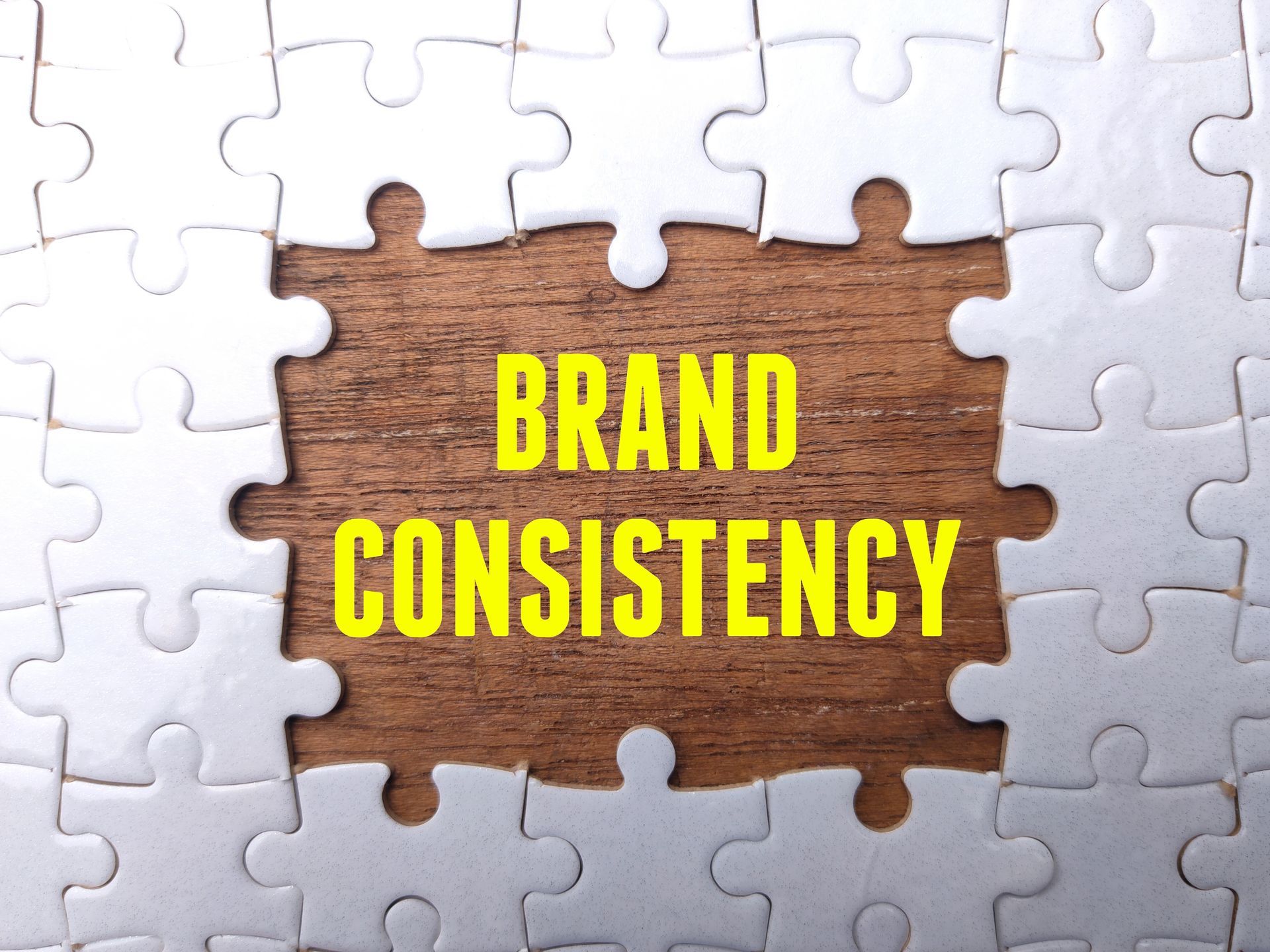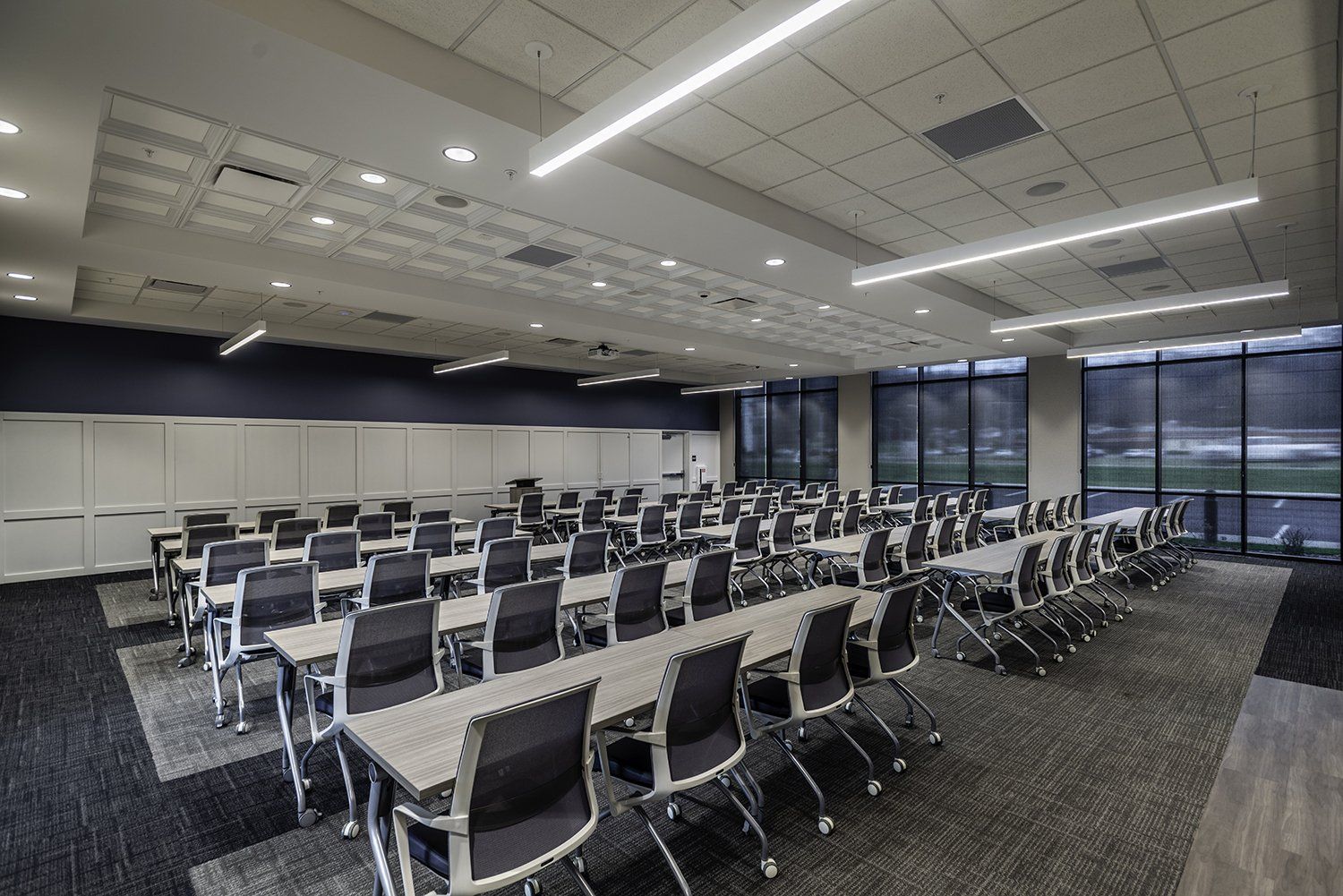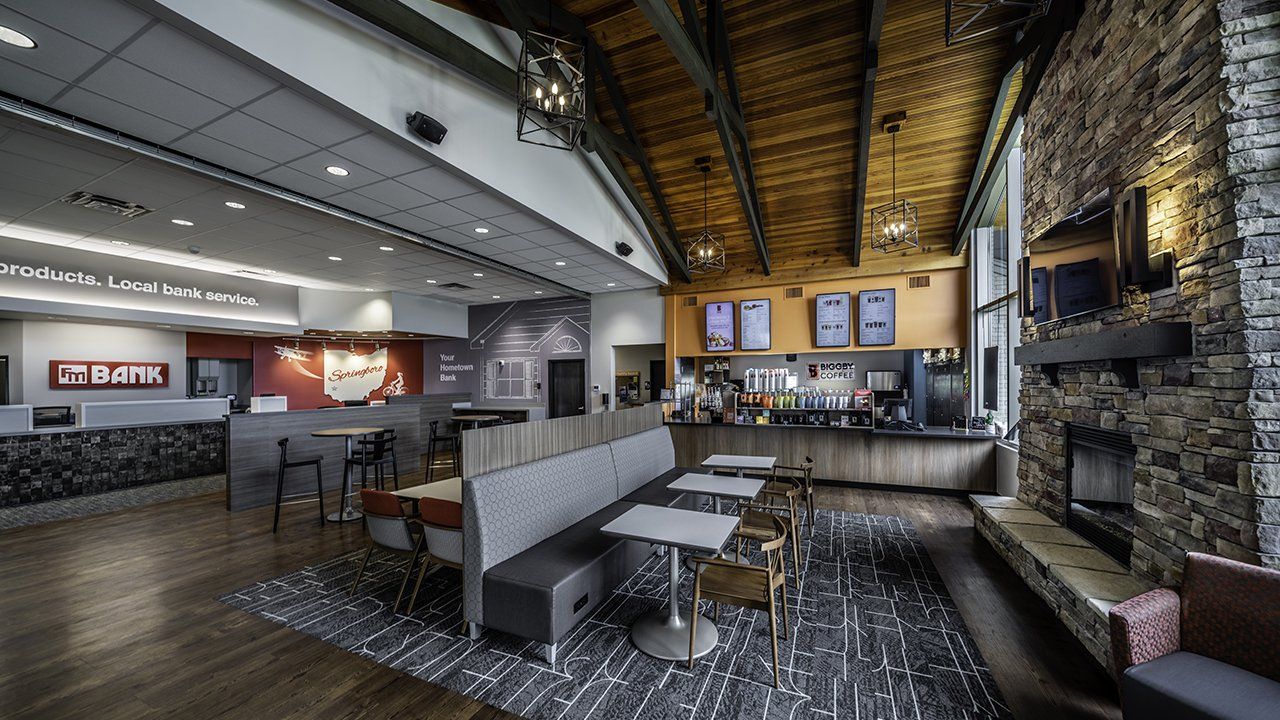Menu
Follow us on:

HOW TO OBTAIN PERMITS FOR YOUR BUILDING PROJECT
- Special requirements that apply to projects on sites that are located in a wetlands or a flood plain.
- There may be a local design review board from which approval must be obtained – particularly for projects in downtown areas.
- The Board of Health has requirements applicable to projects such as restaurants.
- The local Fire Department may require fire hydrant(s) to be provided on the site.
- The USDA and FDA have special requirements relating to food processing facilities such as meat packing plants.

After gathering the information described above, the next step is researching the zoning code, building code and, if applicable, any other regulations. During research it isn’t unusual for questions to arise about interpretation of the regulations. When this happens, answers to the questions should be obtained from the governing authority. On rare occasions, research may reveal a severe hardship in achieving compliance with a particular requirement. If so, it may be worth entering into a process culminating with a public hearing of the board of appeals at which approval of a variance from the requirement in question is obtained. The primary features of this process are as follows.
- Meet with the Client to review the problem of conforming to the “letter” of the law and develop a design concept by which the project is intended to conform with the “spirit” of the law.
- In communication with the head of governing authority determine which member of that department can be consulted with in relation to the issue.
- Meet with the Client and the member of the building department with the goal of determining a design concept the building department representative will support* at the public hearing. The building department representative may reject the design concept offered and bring up some alternative concept(s). For that reason it is especially helpful to have the Client at the meeting in order to search for a design concept which is agreeable to all interested parties.
- Submit the application and all associated deliverables to the board of appeals.
- Attend the public hearing to provide reasons the variance is requested, explain how the design offered will conform to the “spirit” of the law and answers any questions.
*In most, if not all, cases when the building department representative supports the design concept the variance is approved.

The first step in the permitting process itself is to determine all particulars of the process because every building department has its own requirements relating to the application form(s), fee(s) and associated deliverables to be submitted.
A cover letter itemizing everything being submitted should accompany the application and associated deliverables. Office copies of the letter and all deliverables other than the drawings should be made and kept for future reference in case any questions about the submittal are raised by the governing authority.
Even after designing a project in accord with careful code research, it is not unusual to receive a correction letter. In order to successfully address issues raised in the correction letter it is best to communicate with the person who sent it and review the following:
- If applicable, any item that has been raised in error because the plan examiner hasn’t discovered information on the drawings which addresses the item acceptably.
- Establish modification(s) required to the design which will achieve conformance with the requirement(s) in question.
- Determine the required format for resubmittal – e.g. how many sets of revised drawings must be submitted, how revisions must be highlighted or otherwise depicted to expedite easy examination of the resubmittal, etc.
As was the case with the original submittal, the resubmittal required by a correction letter should be transmitted with a cover letter itemizing everything being submitted and including comments confirming the issues raised in the communications with the person who sent the correction letter. Once again, make an office copy of the letter for future reference if any questions are raised.
Incidentally, even though the most efficient permitting process is that of making a single submittal for the overall building permit, some projects have such a demanding time frame that a “fast track” approach is warranted. In these cases, partial permits (e.g. demolition permit, rough grading permit, foundation permit, etc.) may be obtained prior to the overall permit. When the fast track approach is taken, it is important for the Client as well as the design team to understand that the design of work covered by any foundation and/or other fast track permit becomes a framework within which all subsequent design work must fit. Otherwise, the Client must be willing to pay extra cost to revise work that has already been designed and may have already been constructed.











